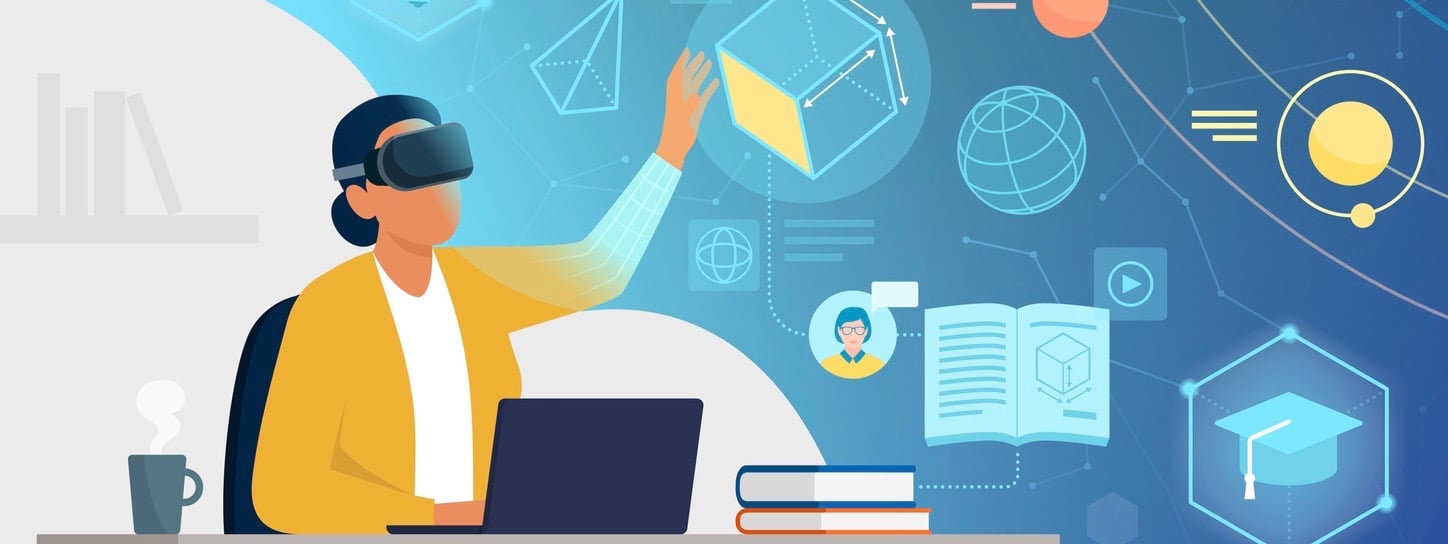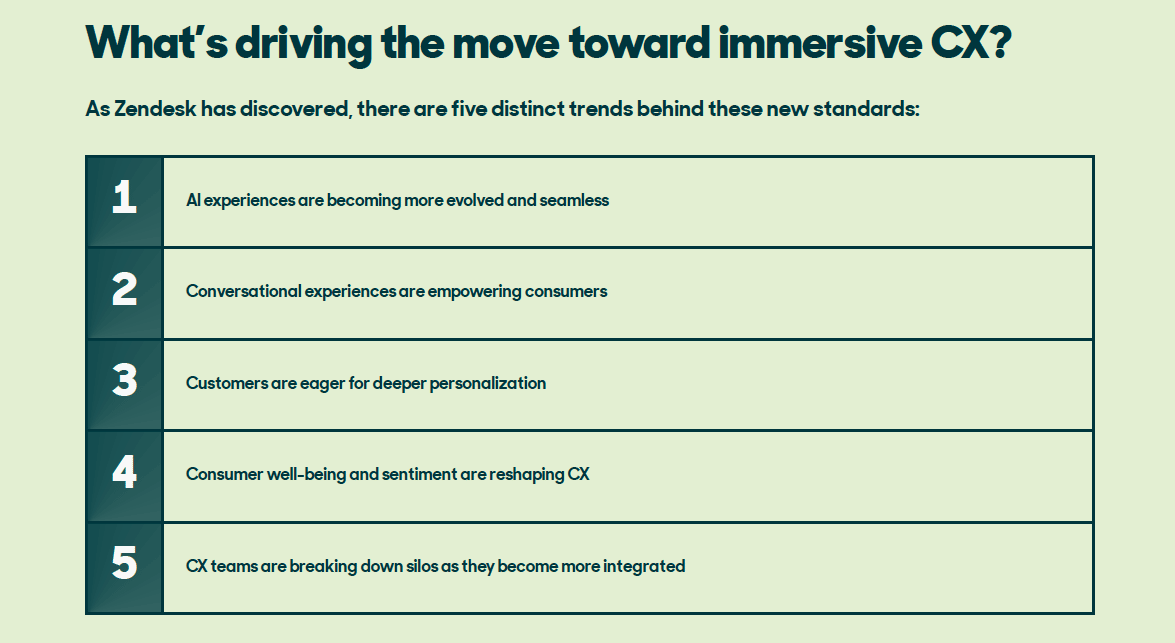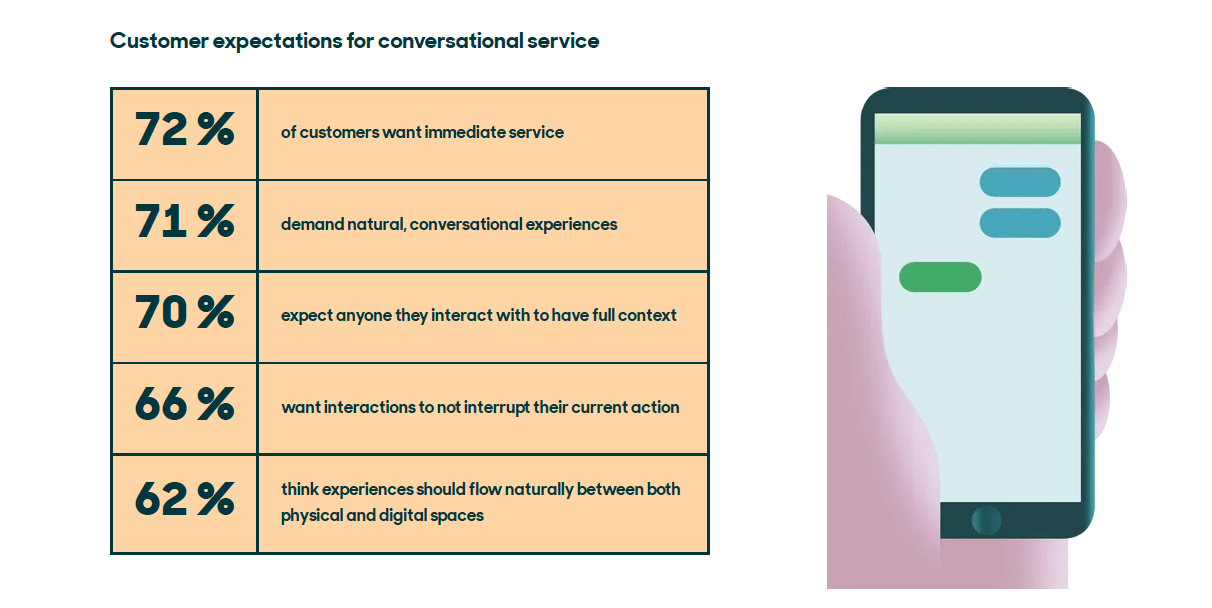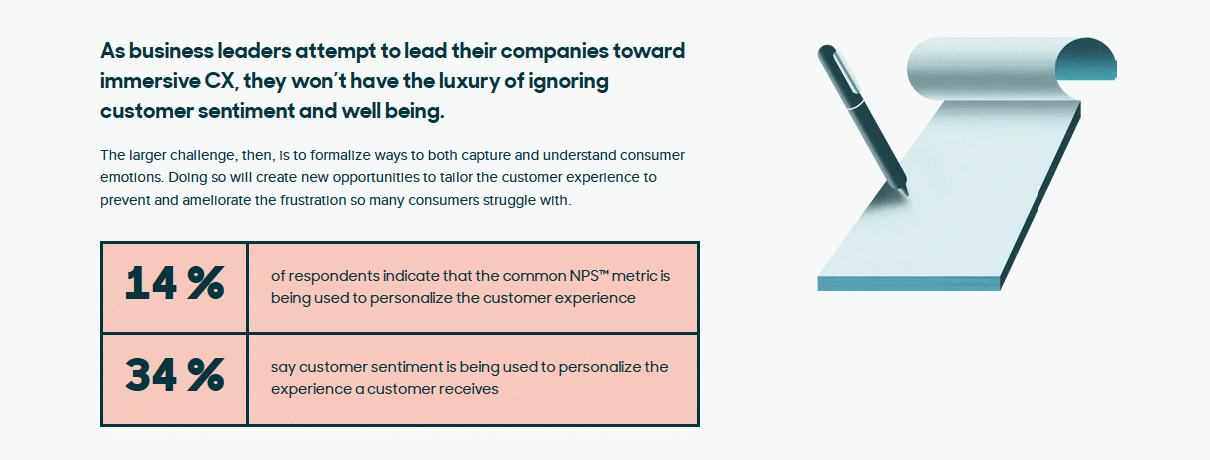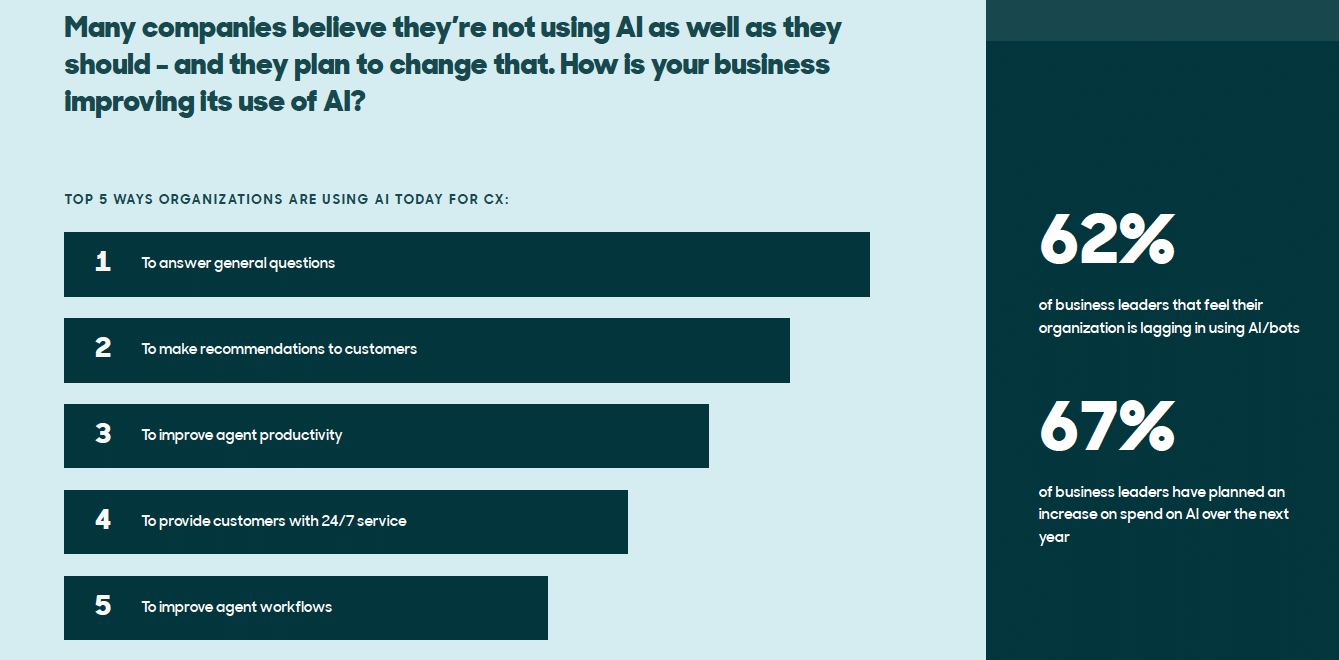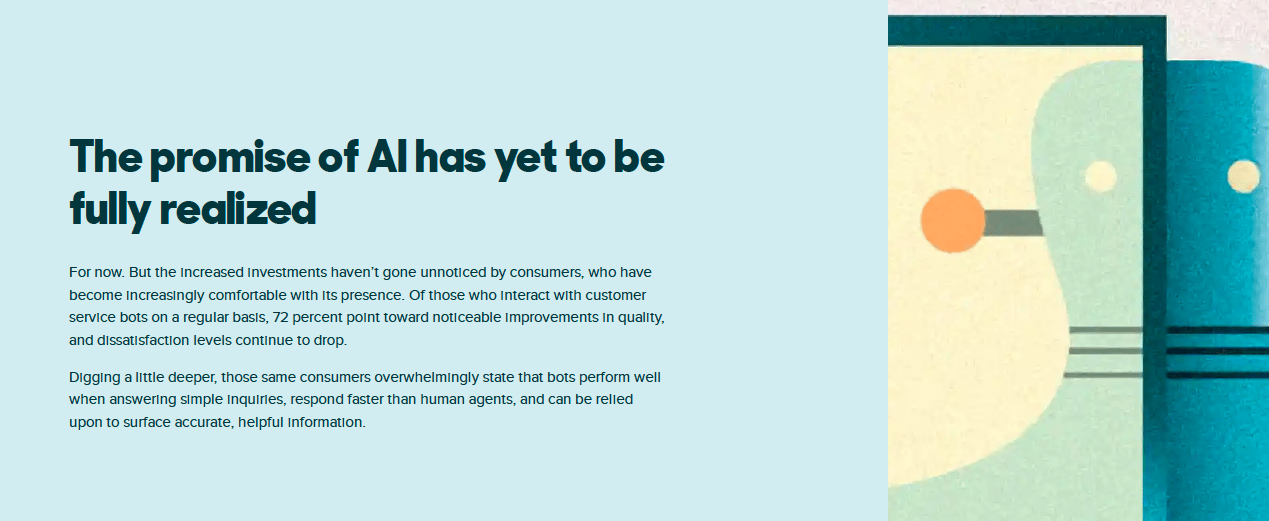Immersive CX is evolving into the new service standard for business, redefining how companies engage with their customers. These immersive experiences are fast becoming a key differentiator for brands to stay competitive and help ensure customers remain loyal, new research from CX pioneer Zendesk finds—and 61 percent of customers are excited about experiences that are natural, convenient and fluid.
In many ways, this new AI-powered tech is the solution for what consumers are increasingly demanding of brands today—that they meet them where they are, under their terms, through seamless and engaging interactions, says the firm’s latest global Customer Experience Trends Report. Over the last several years, leaders have recognized how this transformation has required an expanded role of CX, prompting them to make major investments to remain competitive and meet elevated customer expectations.
“Customers have high expectations, little patience and many options when it comes to who they do business with,” said Adrian McDermott, chief technology officer at Zendesk, in a news release. “This year, our [report] shows that this shift in behavior has prompted leaders to invest in technology that creates immersive, seamless experiences. These new standards of customer service are critical to boosting customer acquisition and loyalty, as well as profitability.”
This year’s key findings highlight that AI, conversational experiences, personalization, customer well-being and sentiment, and integrated teams are the critical components that businesses need to deliver immersive experiences, which will shape the future of CX.
Customers want—and expect—AI to evolve
Increased investment in AI has not gone unnoticed, and customers are becoming more comfortable with its presence. Of those who interact with customer service bots on a regular basis, 72 percent have experienced quality improvements and say bots perform well when answering simple inquiries, respond faster than human agents, and are reliable to surface accurate, helpful information.
As customers enjoy richer experiences with bots, their expectations have also risen—75 percent of customers expect AI interactions will become more natural and human-like over time, and the ideal evolution of AI will enable customers to ask increasingly complex questions.
“It is evident customers continue to embrace AI-driven customer service with their issues being resolved in ways that are nearly identical to human support,” said McDermott. “We know businesses are working to use AI more, but there is a growing realization that meeting customers’ expectations will require a more concerted effort. They are not willing to wait for companies to make gradual changes, a signal to businesses that change needs to happen fast.”
Conversational experiences empower customers
Customers are driving the rise of conversational experiences. They want fluid, friendly and natural interactions that put them in control and do not interrupt current tasks. For example, if a customer stops an interaction, they expect a new support representative to be able to easily pick up where the conversation last ended. In fact, 70 percent of customers spend more with brands that provide a seamless experience between all points of contact. Similarly, 64 percent will spend more if their issues are resolved where they are.
While customer expectations could not be clearer, businesses are still playing catch-up. Seventy-one percent of leaders have committed to reimagining customer service, and 60 percent want (or are actively planning) to implement conversational customer service experiences.
Customers are eager for deeper personalization
According to the trends, 59 percent of customers want companies to use the large amount of data they have to provide truly personalized experiences that transcend typical marketing efforts, whether it is online or in-store.
Unfortunately, most companies hold a narrow view of what personalization means and how to deliver it, which is at odds with 62 percent of customers who think businesses can do more in store and online. If companies deliver personalized experiences, they have the opportunity to reap the benefits of long-lasting customer relationships—77 percent of business leaders agree that deeper personalization leads to increased customer retention.
Customer well-being and sentiment are reshaping CX
Businesses are unprepared when it comes to understanding customer emotions. Organizations have made efforts to improve customer well-being, but 63 percent of business leaders admit those efforts have been unfocused and reactive. Companies have not made strides in tracking emotional data in a more formal way. Only 22 percent of leaders and managers say that customer sentiment is used to personalize the experience a customer receives.
A negative experience with a company can cause real, lasting emotional damage and creates critics who will spread the word. In fact, 73 percent of customers will switch to a competitor after multiple bad experiences. More than half will head to the exit after one unsatisfactory interaction.
The road ahead for CX
CX leaders have become increasingly aware of the benefits of creating immersive experiences, and recognize that support functions are capable of driving revenue. In fact, 72 percent of business leaders believe merging teams and responsibilities around CX will increase operational efficiencies, and 64 percent already have plans in place to do so.
“As we look ahead, providing excellent customer service will become even more important to build resilience and manage uncertainty,” said McDermott. “The brands that invest in technology to provide a seamless, immersive CX will see a boost in customer acquisition and loyalty, and ultimately profitability.”
Download and read the full report here.
Data in this report comes from one survey of customers, one survey of business respondents, and Zendesk Benchmark product usage data. Zendesk surveyed nearly 3,700 customers and over 4,700 customer service and experience leaders, agents, and technology buyers from 20 countries and organizations ranging from small business to enterprise during July and August 2022. Results from each survey were weighted to remove bias from the survey samples.
Zendesk Benchmark product usage data came from nearly 100,000 Zendesk customers worldwide who participate in the Zendesk Benchmark. Account activity criteria were applied to filter out data from inactive accounts. Zendesk Benchmark data is based on product usage from July 2021 to July 2022.

